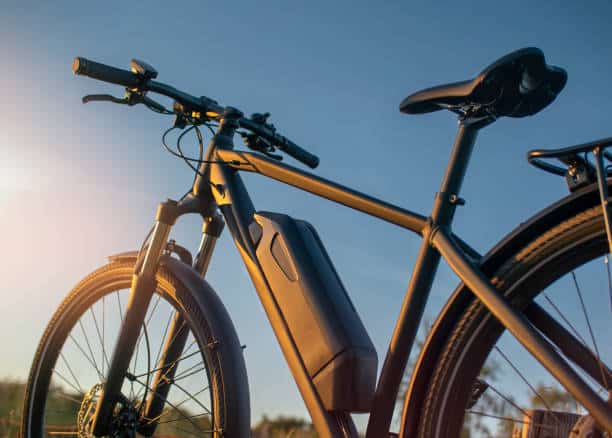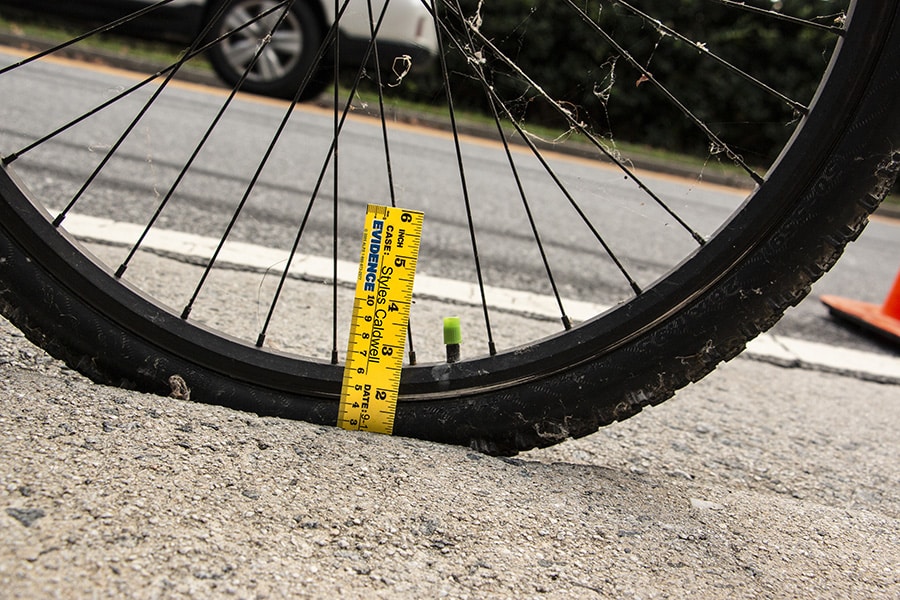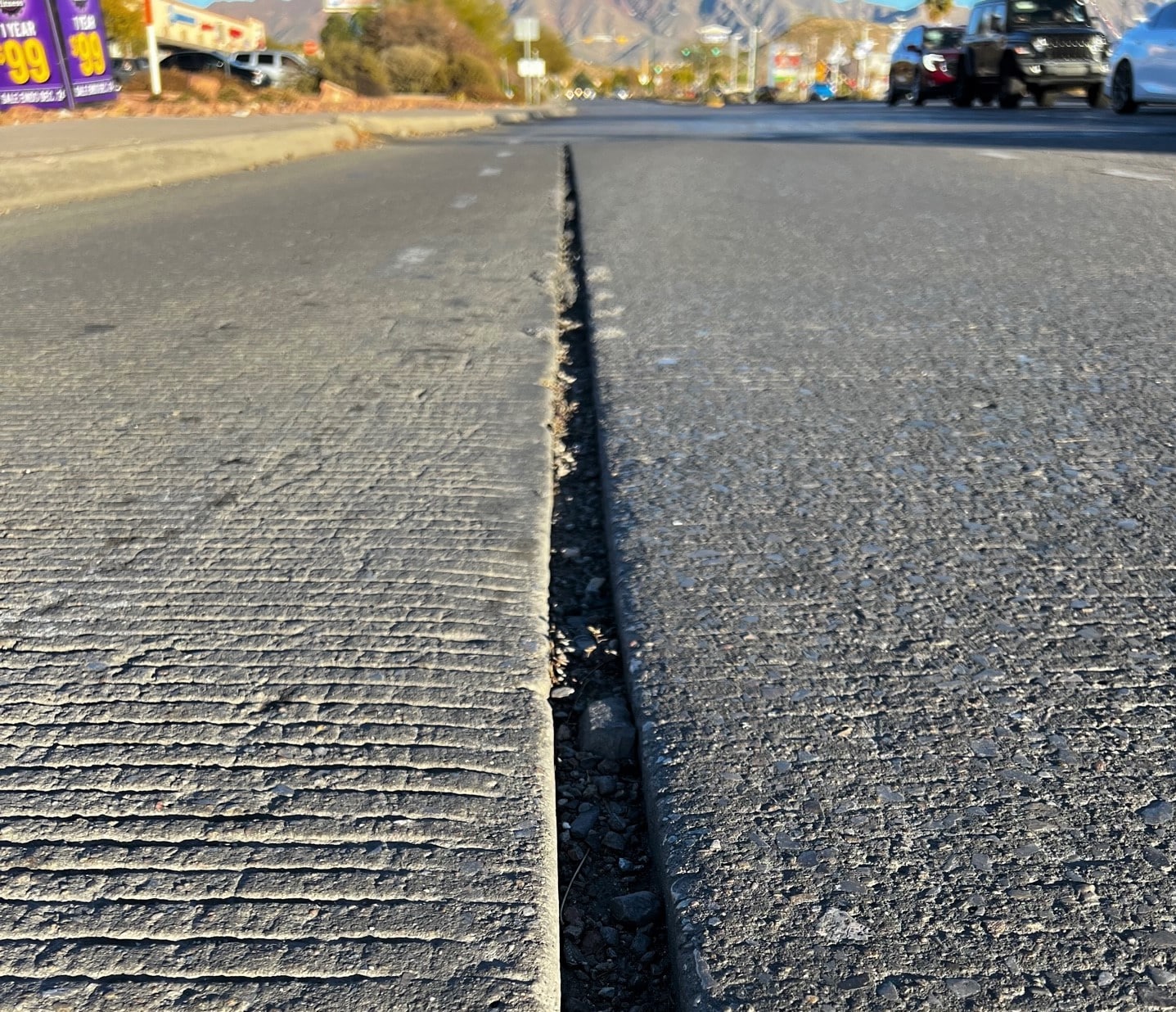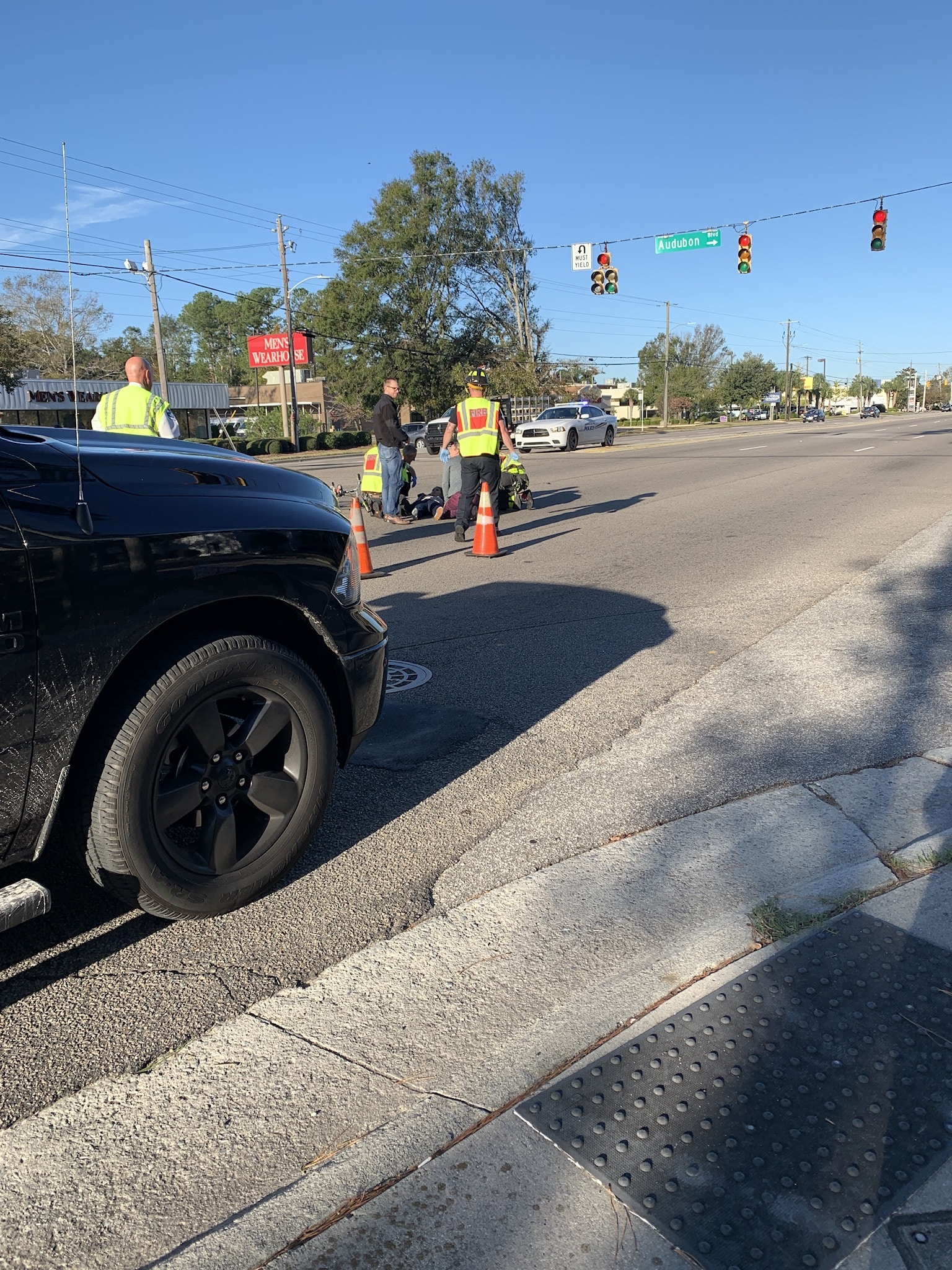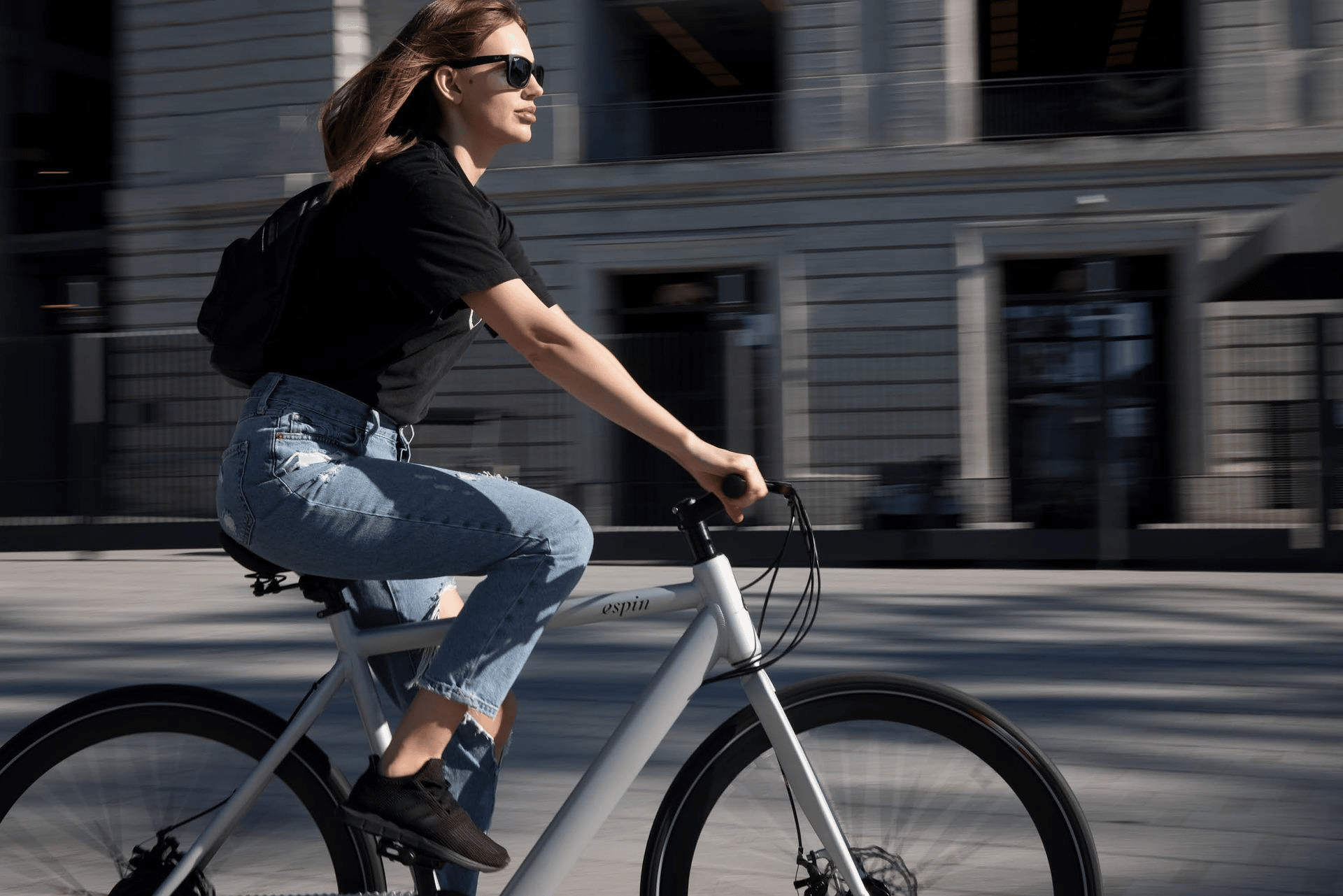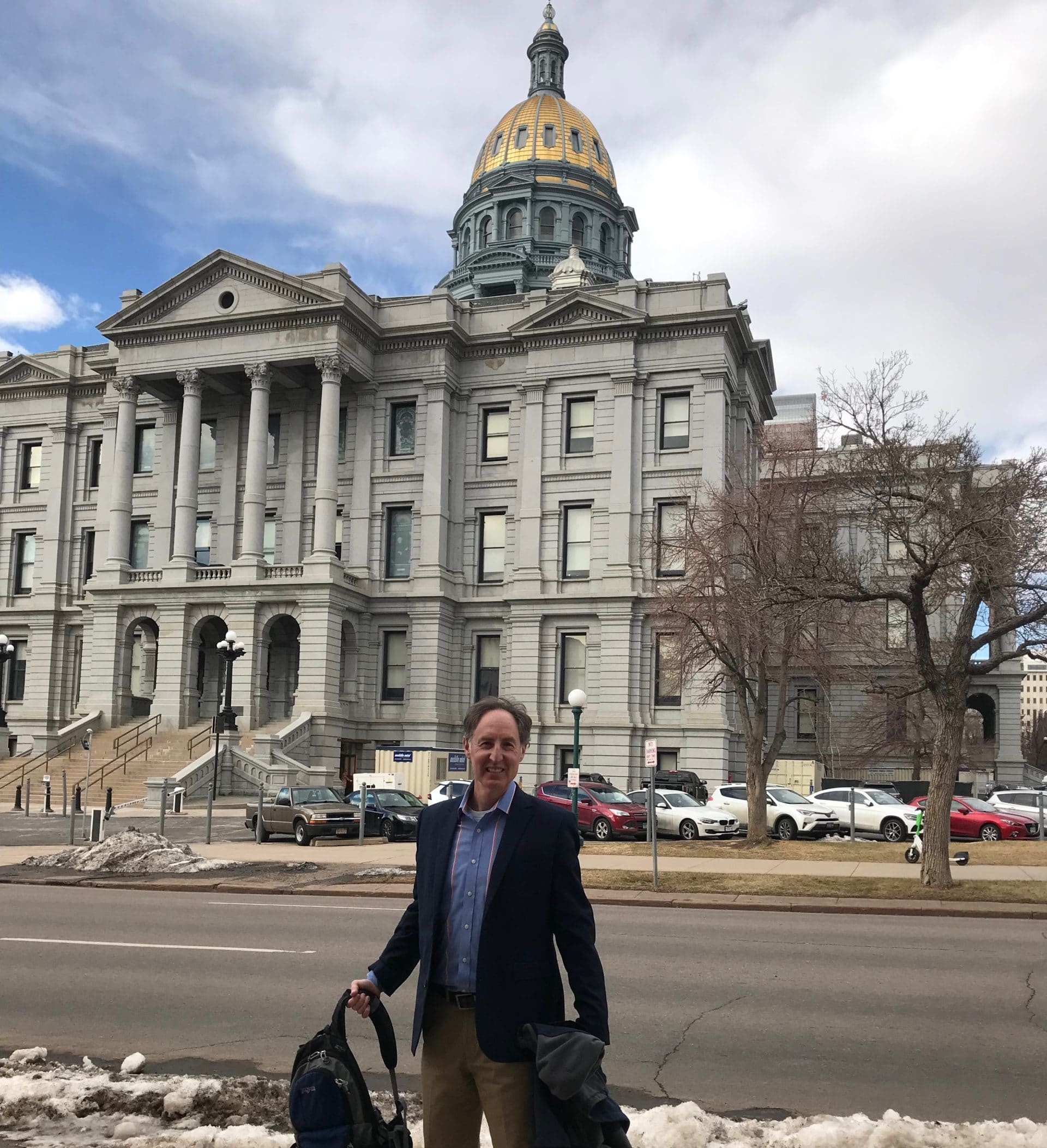An irresponsible piece of journalism about biking injuries and deaths was published yesterday by National Public Radio under the headline, As More Adults Pedal, Their Biking Injuries and Deaths Spike, Too. The story noted the fact that the number of people biking regularly has substantially increased over the past several years, while spotlighting a “striking” rise in the number of injuries and deaths from cycling among adults. Much emphasis was placed on crashes involving middle aged men who, supposedly wanting to emulate disgraced former pro cyclist Lance Armstrong, ran out in droves a decade ago to purchase uberfast road bikes which they proceeded to crash.
Yes, bicycling has been on the rise for quite some time, particularly as a form of transportation, as opposed to recreation or sport. Chicago, for example, saw a 150 percent increase in the number of people bicycling to work between 2000 and 2010. Similarly, New York City has seen staggering growth in the number of people biking to work. Despite this growth, “Bicycling remains a healthful, inherently safe activity for tens of millions of people every year,” according to the U.S. Department of Transportation. Tens of millions. In contrast, 743 bicycle related deaths were reported nationwide for the year 2013, according to U.S. DOT. In Chicago the number of fatal crashes decreased by 28 percent between 2005 and 2010, according to the Chicago Department of Transportation. While one death is one too many these numbers neither suggest that bicycling is exceptionally dangerous nor that it is becoming more so.
With more people riding their bikes there will naturally be more traffic crashes involving bicyclists. But more bicyclists on the road likely makes biking safer for the individual rider. The idea is that there is safety in numbers. As drivers get used to seeing more bikers, they are more likely to be on the lookout for dangerous interactions. It is true that, according to the U.S. DOT, “bicyclists seem to be over-represented in the crash data.” Bicycle trips account for one percent of all trips in the United States, yet represent nearly two percent of all traffic fatalities. But no reliable data exists to correlate the number of miles traveled by cyclists and the risks to which riders are exposed. “Until we have better exposure measures, we just don’t know how bicyclist risk compares to other modes,” says the U.S. DOT, adding, “But the health benefits of riding may offset some of this risk.”
The cause of bicycle crashes varies depending on locale, time of day, alcohol consumption and other factors. About half of all bike crashes are due to falls caused by things like roadway defects, loose gravel and the like. Much of the rest is due to driver inattention. In urban areas I see crashes involving bicyclists caused largely by drivers who fail to look for cyclists while opening their doors, and failing to see cyclists within intersections. In rural and suburban areas a bicyclist faces an increased risk of being hit from behind by an inattentive driver. “Nearly a third of all injuries are caused when bicyclists are struck by cars,” according to the U.S. DOT. The bullshit “Lance Armstrong effect” has nothing to do with it. This “effect” was cited by bicycle industry people in an attempt to explain the increase in road bike sales back when everyone thought Lance Armstrong was worth admiring. Nowadays sales of new bikes probably accounts for a relatively small percentage of all bikes purchased. Many of us by bikes second and third hand to use for commuting. Look out your window NPR, lycra and carbon fiber, while cool, is just not the norm.
On my daily commute along Chicago’s so-called “hipster highway” I see more comfy clunkers than super light racers. And each year, as the biking infrastructure improves I see more and more regular people on regular bikes. In April, 2015 citylab.com reported that bike count numbers rose yearly in New York City from 2006 to 2010, correlating with a near doubling during the same period of time of the miles of bike lanes. People want to ride their bikes. Give them a reasonably safe place to do it and they will.
So who cares if a media outlet reports that biking is dangerous? We all should. The offending story re-enforces the tired and inaccurate notion that bicyclists are foolish risk-takers, or wannabes, If they get hurt they just got what was coming to them. This framing creates a real hazard. It makes our lives seem less worthy of protection and less worthy of the continuing work necessary to make our nation’s roads accommodating to cyclists.



